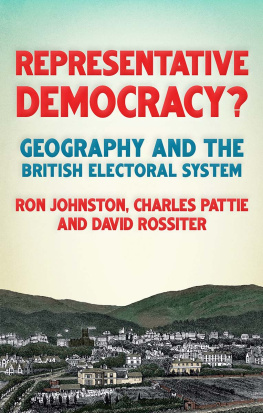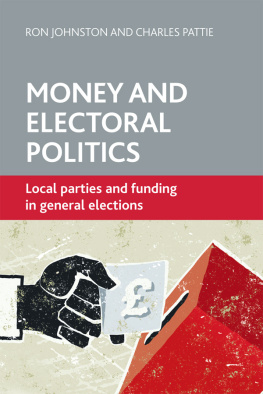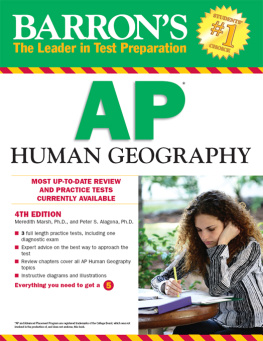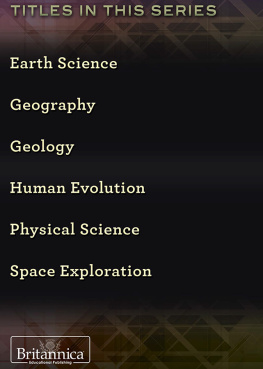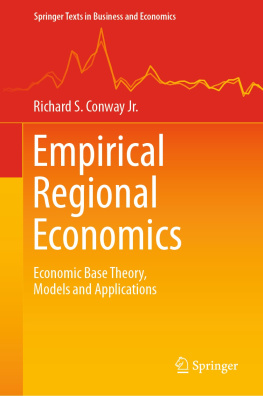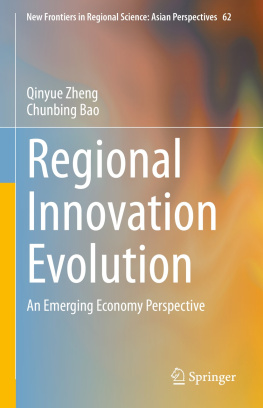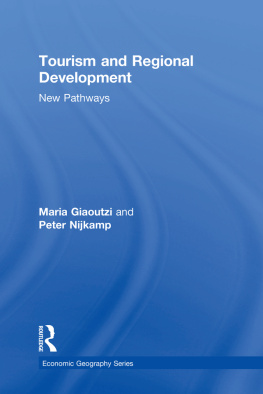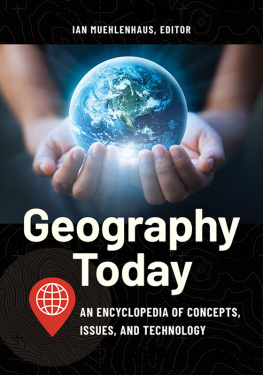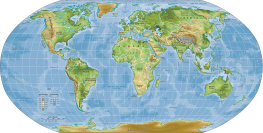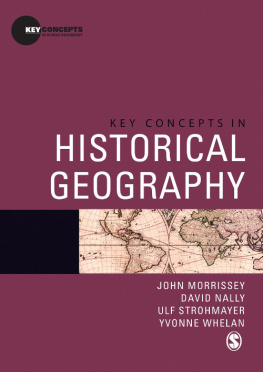ROUTLEDGE LIBRARY EDITIONS: SOCIAL AND CULTURAL GEOGRAPHY
Volume 8
REGIONAL GEOGRAPHY
REGIONAL GEOGRAPHY
Current developments and future prospects
Edited by
R.J. JOHNSTON, J. HAUER, AND G.A. HOEKVELD
First published in 1990
This edition first published in 2014
by Routledge
2 Park Square, Milton Park, Abingdon, Oxon, OX14 4RN
and by Routledge
711 Third Avenue, New York, NY 10017
Routledge is an imprint of the Taylor & Francis Group, an informa business
1990 J. Hauer, G.A. Hoekveld, and R.J. Johnston
All rights reserved. No part of this book may be reprinted or reproduced or utilised in any form or by any electronic, mechanical, or other means, now known or hereafter invented, including photocopying and recording, or in any information storage or retrieval system, without permission in writing from the publishers.
Trademark notice: Product or corporate names may be trademarks or registered trademarks, and are used only for identification and explanation without intent to infringe.
British Library Cataloguing in Publication Data
A catalogue record for this book is available from the British Library
ISBN: 978-0-415-83447-6 (Set)
eISBN: 978-1-315- 84860-0 (Set)
ISBN: 978-0-415-73485-1 (Volume 8)
eISBN: 978-1-315-81968-6 (Volume 8)
Publishers Note
The publisher has gone to great lengths to ensure the quality of this reprint but points out that some imperfections in the original copies may be apparent.
Disclaimer
The publisher has made every effort to trace copyright holders and would welcome correspondence from those they have been unable to trace.
Regional Geography
Current developments and future prospects
Edited by
R.J. Johnston, J. Hauer, and G.A. Hoekveld
First published 1990
by Routledge
11 New Fetter Lane, London EC4P 4EE
Simultaneously published in the USA and Canada
by Routledge
a division of Routledge, Chapman and Hall, Inc.
29 West 35th Street, New York, NY 10001
1990 J. Hauer, G.A. Hoekveld, and R.J. Johnston
Printed and bound in Great Britain by Mackays of Chatham PLC, Kent
All rights reserved. No part of this book may be reprinted or reproduced or utilized in any form or by any electronic, mechanical, or other means, now known or hereafter invented, including photocopying and recording, or in any information storage or retrieval system, without permission in writing from the publishers.
British Library Cataloguing in Publication Data
Regional geography: current developments and future prospects. (Routledge series on geography and environment)
1. Regional geography
I. Johnston, R.J. (Ronald John), 1941
II. Hauer, J. III. Hoekveld, G.A.
910.091
ISBN 0-415-05247-5
Library of Congress Cataloging in Publication Data
Regional geography: current developments and future prospects / edited by R. Johnston, J. Hauer, and G.A. Hoekveld.
p. cm. (Routledge series on geography and environment)
Papers from a seminar convened by members of the Dept. of Geography of the University of Utrecht in October 1987.
Includes bibliographical references.
ISBN 0-415-05247-5
1. Geography-Congresses. I. Johnston, R.J. (Ronald John) II. Hauer, J. III. Hoekveld, G.A. IV. Series.
G56.R42 1990
910dc20
89-70149
CIP
Contents
R.J. Johnston, Joost Hauer, and Gerard A. Hoekveld |
Gerard A. Hoekveld |
Hans van Ginkel and Leo Paul |
Cees P. Terlouw |
Ray Hudson |
Joost Hauer |
Roger Lee |
R.J. Johnston |
Gerda Hoekveld-Meijer |
Nigel Thrift |
Joost Hauer, Gerard A. Hoekveld, and R.J. Johnston |
Preface
There has been considerable interest shown in recent years in not only reviving but also restructuring the field of regional geography. To explore the nature of such a revival and reconstruction, a seminar was held at Utrecht in October 1987, which was convened by members of the Department of Geography at the University there.
The seminar focused on two main tasks. The first was to review the present state of regional geography in the countries represented at the seminar; the proceedings of that part have been published in L.J. Paul (ed.) (1988) Post-War Development of Regional Geography, Netherlands Geographical Studies 86, Amsterdam and Utrecht.
The second task involved exploring the future of regional geography, and was addressed by the majority of the papers. A selection of them have since been revised and are presented here, as a contribution to the continuing debate.
The chapters in the book are of four main types and are organized accordingly. The first three are best described as critiques, presenting arguments against what has been done in geography in the past and arguments in favour of developments that can be identified as a new regional geography. They are followed by a further group of three, which are analyses of possible bases for regional geography. These deal in turn with world-systems analysis, diffusion studies, and structuration theory. The next two investigate the rationale for regional geography why should its case be advanced? And the final two chapters provide examples of the sort of work that might characterize a new regional geography.
In producing this volume, we are grateful to all of those who took part in the organization and conduct of the seminar, and to Joan Dunn for preparing the entire manuscript for production.
R.J. Johnston, Joost Hauer, Gerard A. Hoekveld
R.J. Johnston, Joost Hauer, and Gerard A. Hoekveld
In his influential book, Ideology, Science and Human Geography (1978), Derek Gregory concluded by arguing that
Ever since regional geography was declared to be dead most fervently by those who had never been much good at it anyway geographers, to their credit, have kept trying to revivify it in one form or another. This is a vital task. We need to know about the constitution of regional social formations, of regional articulations and regional transformations.
(Gregory 1978:171)
His advocacy had little immediate impact, and the critique of positivism that was presented in the book made a much greater impression than the call for a revised regional geography. In the ensuing decade, however, Gregorys case has been taken up by a number of other authors who have argued for the need not to revive regional geography as it was traditionally conceived but rather to develop a new regional geography that is sensitive to the nuances of areal differentiation and can show how they were central to the operations of most aspects of past and contemporary societies.


